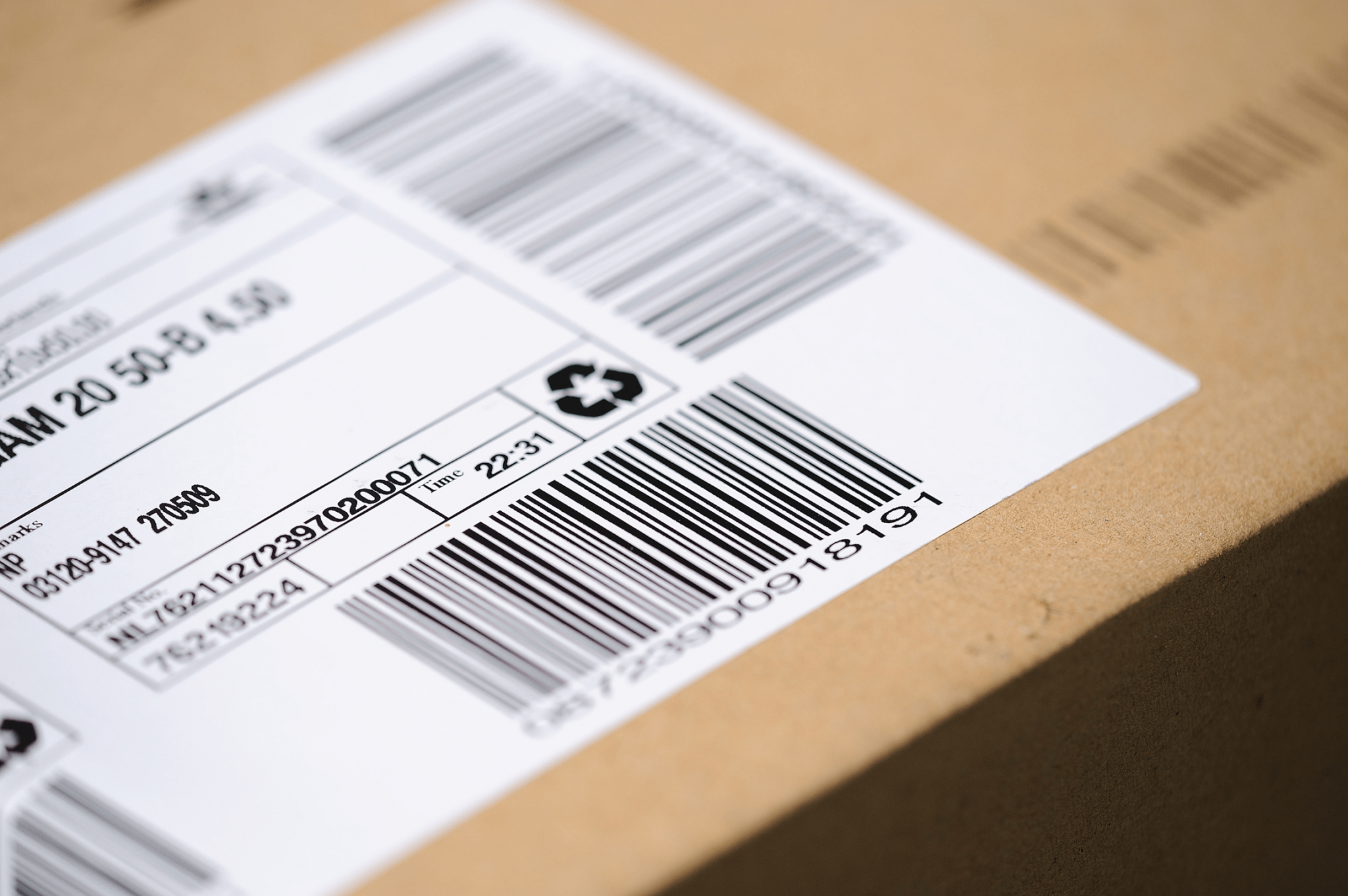Easy connection of label printers and labelling machines with the OPC Router

If a TCP/IP printer does not output important data, the intermediary that helps to receive data and output it via the printer is missing. This works very well via the OPC UA protocol, but unfortunately these printers cannot understand the OPC UA protocol and therefore cannot operate it. The OPC Router helps to overcome this system break. The data transfer succeeds and the printer prints the desired information in the intended layout. Efficient labelling becomes possible. Many systems can be interconnected via the OPC Router, so that not only the data output at the printer functions, but data transfers are possible at every touchpoint along the value-added chain. The printer connection is thus one of many interconnected systems whose common denominator is the connection via the OPC Router.
Generic printer Plug-in uses Telegram format
The connection to the printer can be established with the telegram format of the printer, provided that the OPC Router is used as the data mediator, which can provide a permeable connection to many systems with its generic printer plug-in. The OPC UA protocol removes the limitations of the predecessor OPC protocol and ensures successful data exchange: because OPC UA overcomes the limitations of Windows, IOS and DCOM. Even simple network printers can be connected to the OPC router with ease because the plug-in is suitable for all TCP/IP printers. The solution is very simple because the telegram structure with print fields is common for printers. With the OPC Router, the printer connection works without any problems. Important production and customer data reach the printer via direct system connections.
System coupling does not start with the printer
With additional OPC Router Plug-ins, system boundaries to various important systems are also eliminated. Coupled systems should be Industry 4.0-capable systems that create synergies between ERP systems, machine execution systems (MES) and printers. This way, the data supply is not only right for the printer, but throughout the entire company. This extends to cloud connection – e.g. with SOAP. Via a common data hub – as offered by the OPC Router – a multitude of systems can be connected with each other so that all business processes can run in an integrated and interface-compliant manner.
Triggers ensure timely printing
The standardised trigger function contained in the OPC Router is also used by the plug-in. The Generic Printer Plug-in extracts the inserted dynamic parameters from the command sequence and offers them for selection. Triggers initiate connections. The configuration of the triggers is not always dependent on the type of transfer objects. Depending on the application, various trigger configurations can be selected that access the available transfer objects. For printers, the following transfer objects are available: Label and Fields. Particularly clever: The transfer object contains the telegram template for printing. The functions of the OPC Router are diverse and, depending on the plug-in, adapted to the system environment of the respective system to which an interface is provided.
Further information
Further interesting articles on the topics of Industry 4.0, cloud, technology, alerting and practical application examples as well as case studies can be found in our Knowledge Base.
Run a free test now!
Get your personal link to the most recent OPC Router version and sign up for product news.




